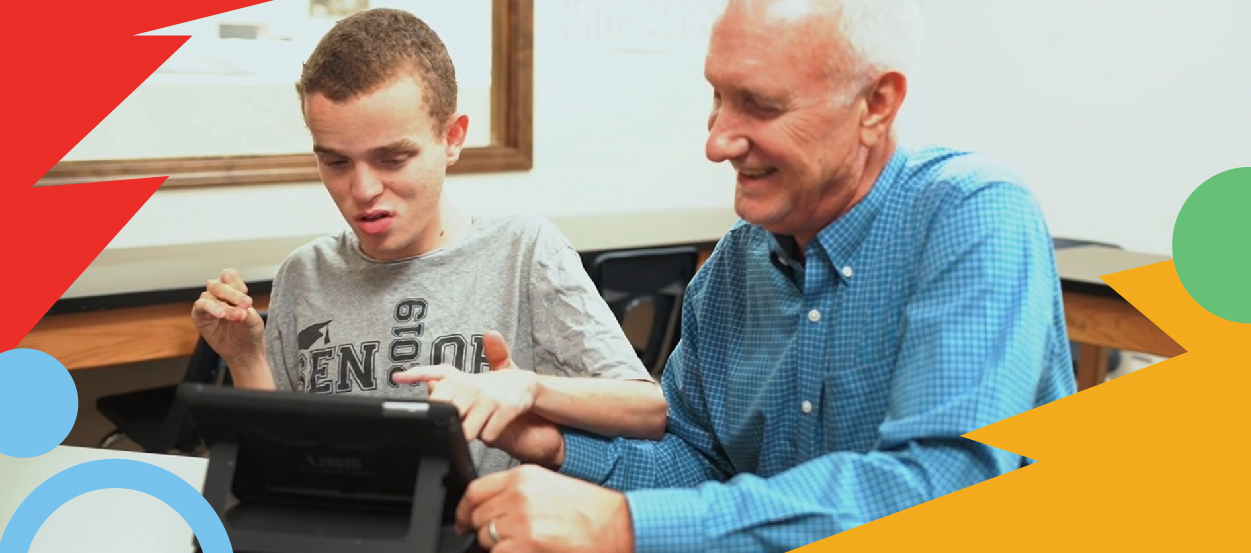
The Individual Education Plan (IEP) was developed for students with disabilities in the mid-1970s and brings together a team of education specialists who evaluate the child, their challenges and learning style, and puts together a plan to provide the student with the extra help they need to succeed. Kids who are bored could instead be challenged more – while those falling behind could get help to catch up.
We have been providing personalized instruction for more than 20 years to high school students who struggled in a traditional learning environment. Students can enroll anytime during the year, and the teachers and counselors start with an evaluation. Together with the student’s parents, they agree on an education plan with a goal to graduate and opportunities to gain life skills and job training.
Currently about 14 percent of public-school students receive special education (SPED). These students are disproportionately African American and from low-income households. Many students with disabilities are in specialized classes, while the majority are in mainstream classrooms where they may lack proper academic support or have difficulty socializing with peers in a large class environment.
“At our schools, since everyone is working at their own pace, students don’t compare themselves with others. They are empowered by their own new-found success and eager to keep learning,” said Lindsay Reese, area superintendent. “We have a higher percent of students with disabilities than traditional schools and have been able to provide all our students with the same level of attention – even throughout the pandemic.”
Like Destiny L., who struggled with childhood cancer for many years and was left with physical challenges from the chemotherapy. At traditional school, she was bullied when she began wearing hearing aids and glasses. She kept falling further and further behind, despite having an IEP. “Then I found an amazing support system at this school. Everyone genuinely wants to see me succeed and makes sure I have everything I need to do that,” she said. “In a year and a half I caught up on my credits and have grown a lot. I feel nervous and excited for the future because I know it’s a new chapter in my life, but I know that my school has set me up for success.”
The upcoming National Inclusive Schools Week, December 7-11, promotes a supportive and quality education to an increasingly diverse student population, including students who are marginalized due to disability, gender, socio-economic status, cultural heritage, language preference and other factors. “We believe that personalized learning can provide a quality education to all types of students,” Reese added. “The one-size-fits-all, traditional teaching model doesn’t serve all students equally.”
